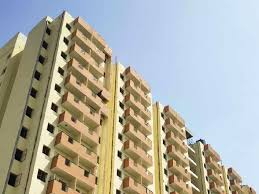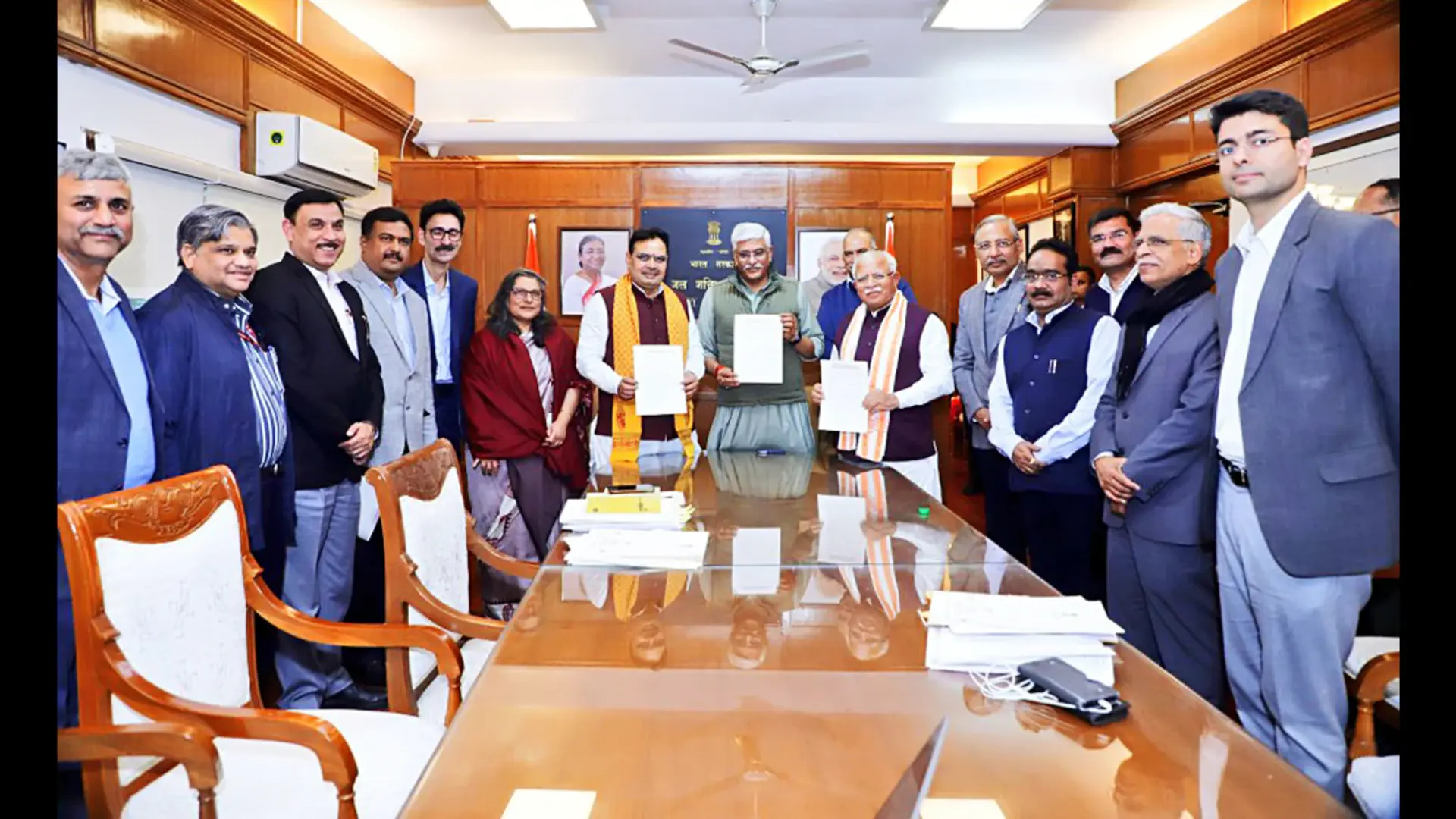Are you a first-time homebuyer in India looking to purchase an apartment? If that is the case, then you need to grasp what leasehold properties are and your undivided share. Although these may seem like complex terms, they have a significant bearing on your ownership rights, duties, and the future worth of your investment. Let us delve into these subjects and see how they affect flat owners in this country.
Cracking the Mystery of Leasehold Properties
In India, many residential societies function with a leasehold system in which land is leased for a specified period, usually 99 years from the commencement of construction. This strategy has been adopted by bodies such as the Delhi Development Authority (DDA), Noida Authority, and other urban development authorities to keep control over development as well as maintain adherence to land use norms. These authorities utilize 99-year lease agreements for an important reason. They can regulate issues like density, height of buildings, as well as uses intended for the land,d thus preventing breaches while promoting controlled development within their jurisdictions.
But what happens after the initial 99-year lease period ends? This is a common concern for homebuyers, but there are several possibilities
- Freehold Conversion Schemes: After achieving their development goals, authorities may offer freehold conversion schemes. These schemes allow property owners to convert their leasehold properties into freeholds, effectively releasing them from the earlier restrictions.
- Lease Extension and Renewal: In many cases, leasehold properties can be extended beyond the initial 99 years by paying ground rent and renewal fees to the respective authority
- Automatic Freehold Conversion: According to Indian laws, if a leasehold property is occupied for over 100 years continuously, it automatically converts to a freehold status, granting perpetual ownership to the residents.
However, it should be made clear that there may be differences in the rules, regulations,, and procedure of extending or renewing leases or converting them into freeholds from one authority to another or from one jurisdiction to another. Homebuyers and residents should stay informed about the policies and guidelines applicable to their respective areas. While the leasehold system may seem complex at first, it is a well-established practice in India, designed to facilitate controlled urban development and ensure compliance with land use regulations. By understanding the nuances of leasehold properties, homebuyers can make informed decisions and secure their long-term ownership rights.
The Importance of Your Undivided Share (UDS)
When purchasing a flat in a residential society in India, you not only own the apartment itself but also hold a portion of ownership in the common areas and land. This share is known as the Undivided Share (UDS), and it is typically expressed as a percentage or fraction.The UDS represents your ownership stake in shared spaces such as corridors, staircases, lobbies, gardens, parking areas, and other amenities within the residential complex. It signifies your legal rights over these common areas, which are jointly owned by all flat owners.
Calculation of UDS The UDS is calculated based on the ratio of your flat’s super built-up area to the total super built-up area of all apartments in the society, multiplied by the total land area. For example:
UDS = (Individual apartment’s super built-up area / Sum of all apartments’ super built-up area) x Total land area
Possession Rights: The UDS develops your lawful possession of jointly owned residential property, offering you a voice in decision-making procedures as well as specifying your responsibilities in the direction of culture.
Part of Amenities: Your UDS establishes your reasonable share of usual features, centers, as well as sources within the property facility. It ensures an equitable circulation of shared spaces and resources.
Maintenance Costs: Flat owners contribute towards the maintenance and upkeep of common areas based on their respective UDS percentage. A higher UDS translates to a larger contribution towards maintenance expenses.
Property Value: A higher UDS may increase the market value of your flat, as it represents a larger ownership stake in the land and shared areas of society. This can be a significant factor when reselling or redeveloping the property.
Lawful together with financial matters: The UDS is a crucial factor to consider in lawful plus monetary issues connected to residential or commercial property. It specifies the level of your possession of civil liberties along with common obligations guaranteeing openness as well as responsibility in decision-making procedures.
Redevelopment and Compensation: In cases of redevelopment or government acquisition, flat owners are typically compensated based on their respective UDS. A higher UDS entitles you to a larger share of the compensation.
What Happens When Buildings Get Old?
Demolition: As buildings age, they may become structurally unsound, fail to meet modern safety codes or become obsolete in terms of design and amenities. Legal violations, such as non-compliance with building codes, zoning regulations, or environmental norms, can also lead to demolition orders from authorities. Redevelopment plans initiated by housing societies, builders, or urban planners may necessitate the demolition of old buildings to make way for new construction. When demolition is deemed necessary, flat owners are typically given a notice period, ranging from several months to years, depending on local laws and the specific circumstances. This notice period allows residents ample time to make alternative living arrangements and vacate their apartments before the demolition process begins. In some cases, housing societies or builders may provide temporary accommodation or compensation to assist residents during the transition.
Renovation: Rather than the demolition of structures, the concerned authority might choose comprehensive restorations or repairs to prolong the life expectancy of the framework. Improvements might include architectural support, upgrades to electrical and pipe systems, frontage enhancements, and automation of features. Elements such as the general problem of the structure, the cost-effectiveness of restorations compared to devastation, and the possibility of boosting residential property worth after improvements are considered.
Decision Factors: The decision to demolish or renovate is based on a comprehensive assessment of various factors, including The age and structural integrity of the building, Compliance with current building codes and safety standards, Cost estimates for demolition, renovations, or new construction Feasibility of renovations based on the building’s design and layout, Local zoning laws, development plans, and environmental regulations Inputs from structural engineers, architects, and other professionals
First-time customers of apartments must completely take a look at as well as understand the leasehold contract, UDS estimation, and any kind of associated conditions before settling a purchase. Looking for support from estate legal representatives, residential property specialists, or skilled brokers can help in comprehending the legal as well as monetary ramifications of having a leasehold residential or commercial property.






















